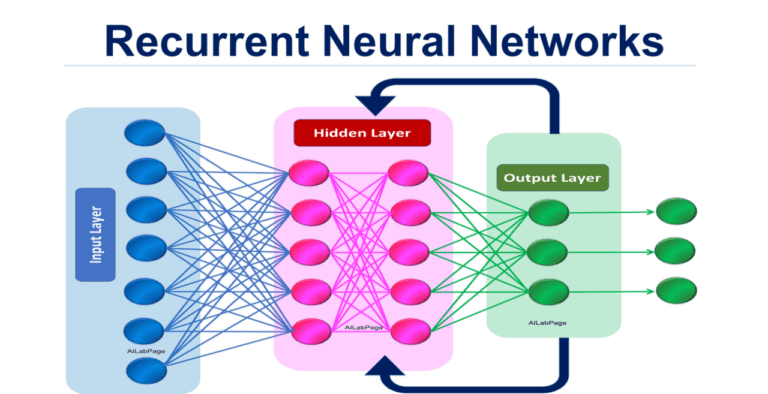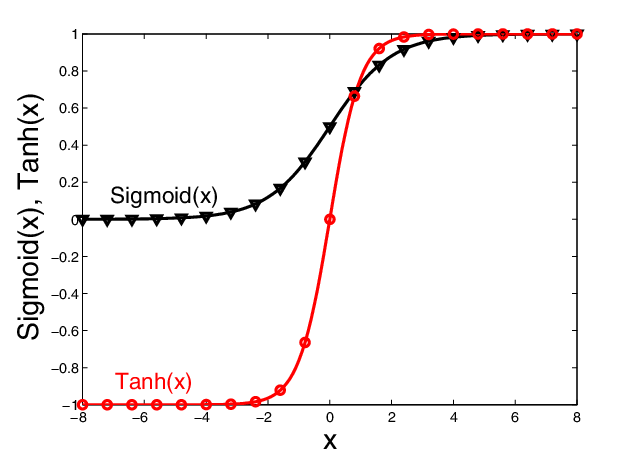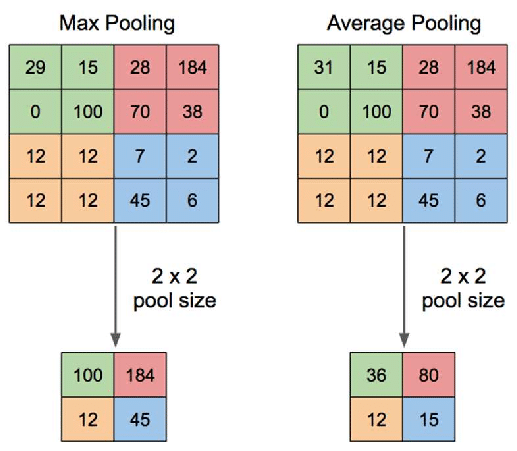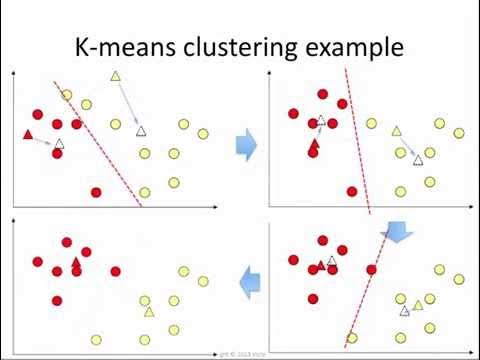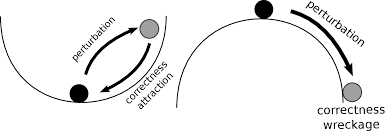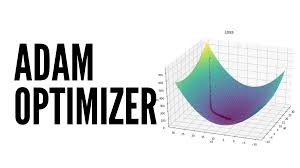
A Very Short Introduction of Artificial Neuron
Artificial neurons, inspired by biological models, form the backbone of modern AI by enabling pattern recognition, automation, and decision-making. Their applications span healthcare, traffic management, and environmental monitoring, revolutionising data processing across Australian industries.




